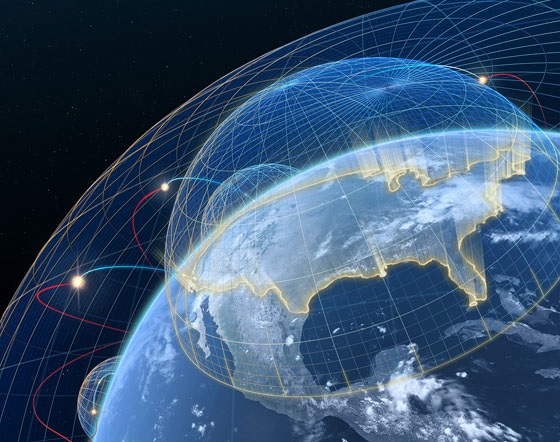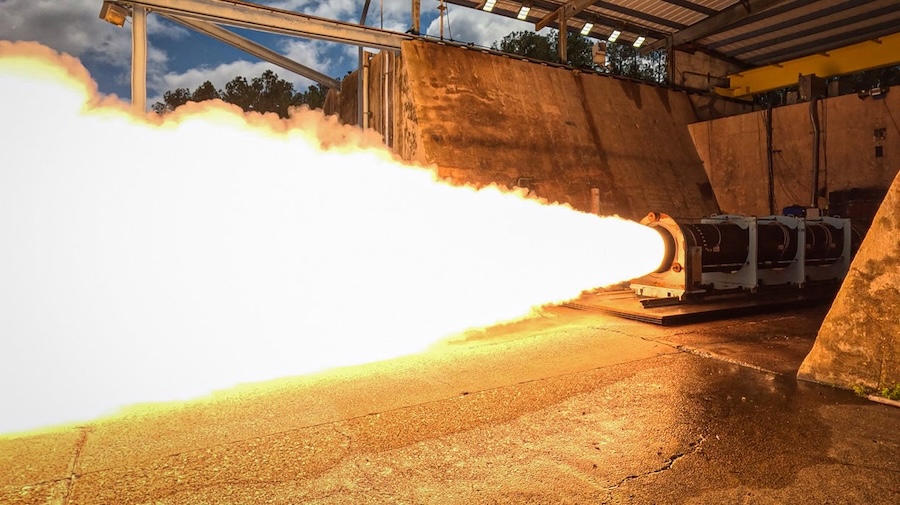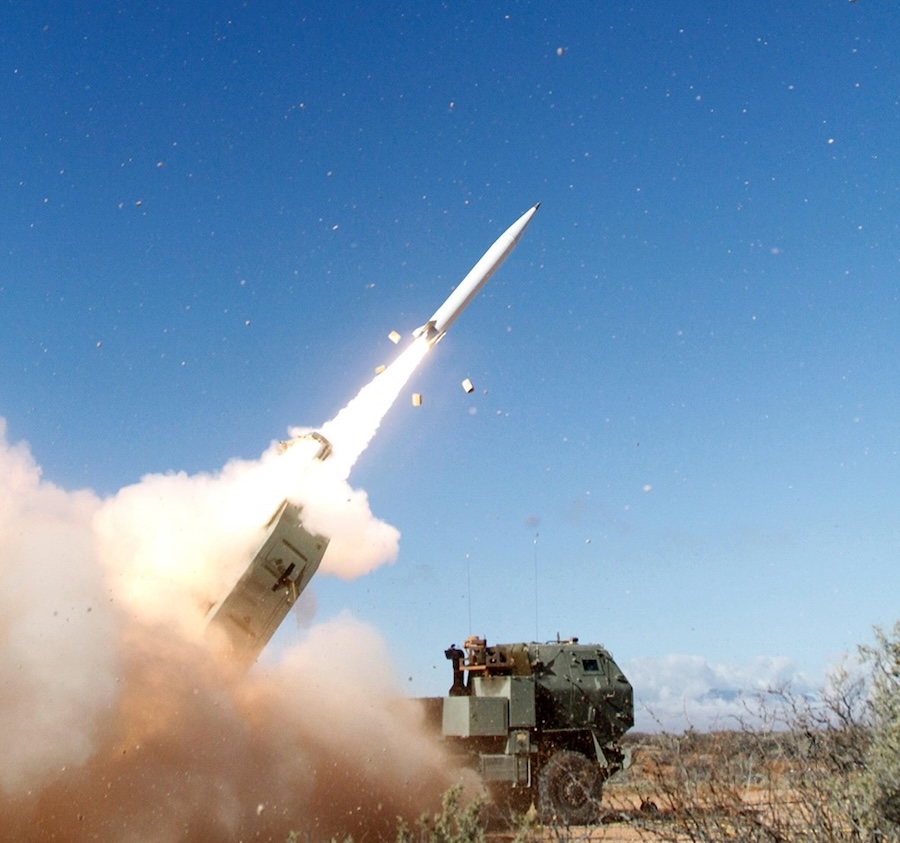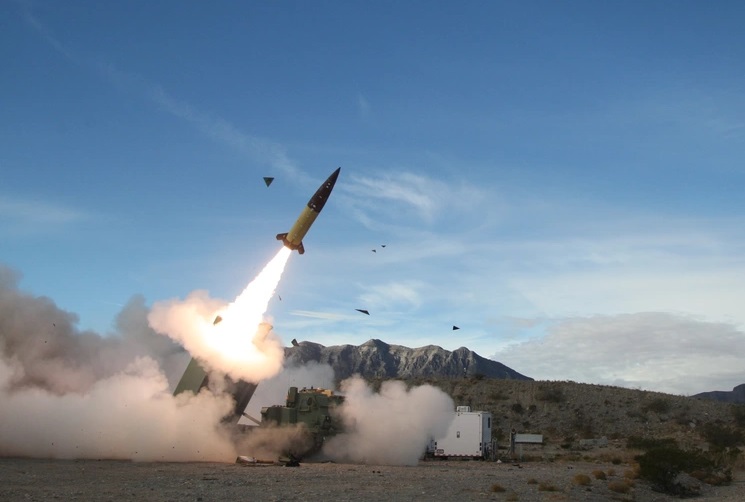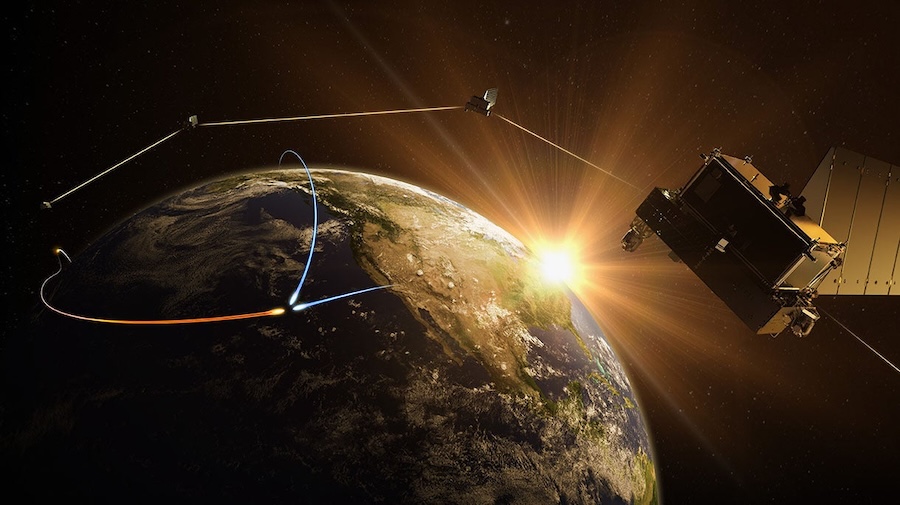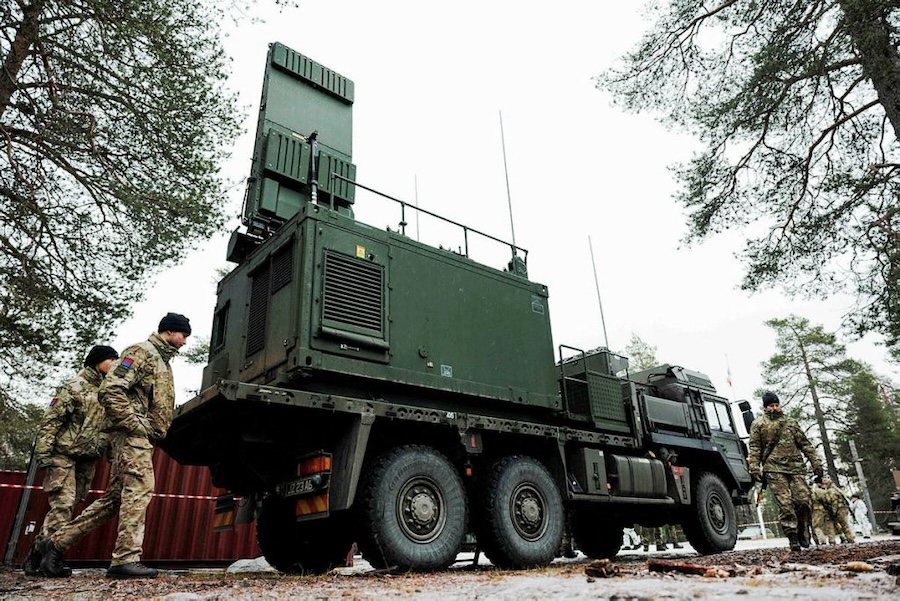In April, the Pentagon invited proposals from defence contractors for a network designed to intercept intercontinental ballistic missiles (ICBMs) during the “boost phase” – the early stage after launch, when missiles ascend slowly and predictably through the Earth’s atmosphere. This approach differs from current missile defences, which engage targets only during the midcourse stage, once they are already travelling through space.
Under the concept, once a missile is detected, Golden Dome would destroy it either before it leaves the atmosphere using an interceptor or a laser, or shortly into its trajectory in space. The Pentagon’s August blueprint, first reported by Reuters, outlined a space-based intercept layer supported by three additional land-based defensive layers.
The second layer would involve enhancing the Ground-Based Midcourse Defence system, which currently uses interceptors stationed in California and Alaska. The third layer would consist of five land-based launch sites designed to target missiles still in space, with three located in the continental United States and two in Hawaii and Alaska.
A fourth layer, described as “Limited Area Defence,” would focus on protecting population centres. This would incorporate new radars, a “common” launcher for current and future interceptors, and potentially the Patriot missile defence system. The Pentagon said these components would work together to counter threats such as hypersonic and cruise missiles.
“I promised the American people that I would build a cutting edge missile defense shield to protect our homeland from the threat of foreign missile attack,” Trump said when announcing the plan in May. In reference to Israel’s Iron Dome, he added, “We helped Israel with theirs, and (it) was very successful, and now we have technology that’s even far advanced from that.”
The Iron Dome, developed by Israel’s Rafael Advanced Defense Systems with U.S. backing, became operational in 2011 to intercept short-range rockets launched by Hamas from Gaza. Each mobile unit uses radar-guided missiles to destroy rockets, mortars and drones in mid-air, targeting only those on course to hit populated areas. Initially designed to protect areas against threats with ranges of between 4 and 70 km, experts say its coverage has since expanded.
Trump likened Golden Dome to Ronald Reagan’s “Star Wars” Strategic Defense Initiative (SDI), saying, “We will truly be completing the job that President Reagan started 40 years ago, forever ending the missile threat to the American homeland.” Announced in 1983, SDI aimed to create a space-based missile shield to protect the U.S. from large-scale nuclear attack, but it was abandoned due to high costs, technological limits, testing challenges and concerns over treaty violations.
Companies linked to Golden Dome include SpaceX, Palantir, Anduril, L3Harris Technologies, Lockheed Martin and RTX Corp. L3Harris has invested $150 million in a facility in Fort Wayne, Indiana, to produce Hypersonic and Ballistic Tracking Space Sensor satellites, part of a Pentagon effort to track hypersonic weapons and potentially adaptable for Golden Dome. Many early systems are expected to be drawn from existing production lines.
Funding for the project is not yet secured. Republican lawmakers have proposed an initial $25 billion for Golden Dome as part of a broader $150 billion defence package, but the plan is tied to a controversial reconciliation bill that faces significant opposition in Congress.
Source: Reuters.



